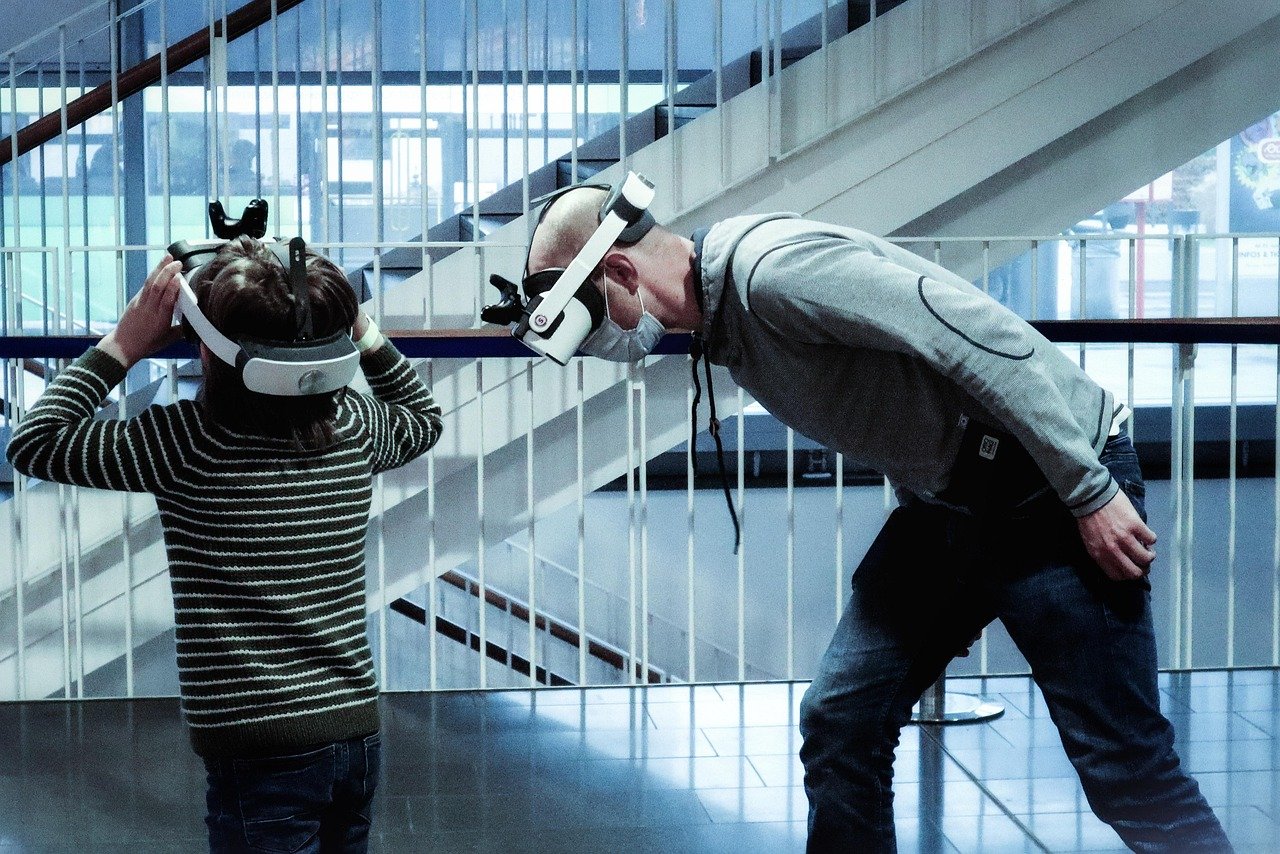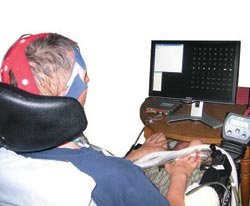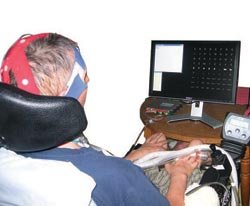A New Era: The Surprising Arrival of Mind-Controlled VR
Imagine slipping on a headset and entering a world where every action is powered by your thoughts. No controllers. No clumsy gestures. Just pure mental focus. That day is finally here, and it’s more jaw-dropping than anyone dared to predict. For decades, sci-fi movies teased us with the idea of mind-driven machines — now, it’s real. The world’s first mind-controlled VR headset has arrived, and it’s set to shake up everything you thought you knew about gaming, technology, and even the human mind. It’s not just a technical leap; it’s an emotional one, making you feel like a superhero in your own life. If you’ve ever dreamed of bending virtual worlds to your will, that dream just stepped into the spotlight.
How Does Mind-Controlled VR Actually Work?
At the heart of this revolutionary headset is a technology called brain-computer interface, or BCI for short. Instead of relying on your hands or eyes to move through digital landscapes, this system reads your brain’s electrical activity. Tiny sensors, known as EEG sensors, are built right into the headset. They pick up the unique signals your brain produces when you think about moving, grabbing, or even just looking at something in the virtual world. Sophisticated software translates these signals into real-time actions on the screen. So when you focus on an object, your avatar might reach out and grab it — all because you thought about it. It’s a bit like magic, only it’s your brain pulling the strings.
The Magic Behind the Headset: EEG Sensors and Brain Signals
What’s really impressive is how the headset captures the invisible language of your brain. EEG, or electroencephalography, sounds complicated, but think of it as a high-tech mind reader. The sensors rest gently against your scalp and listen for those tiny sparks of electricity that fire when you think or imagine. Every time you plan to move in your mind, your brain sends out a signal, and these sensors catch it. The headset’s software then decodes these messages, turning your intentions into swift, accurate movements in the virtual world. It’s like swapping your keyboard and mouse for pure thought.
Personalized to You: Learning Your Brain’s Unique Patterns
No two brains are exactly the same, and this headset knows it. The system learns from you every time you use it, adapting to your unique thought patterns. At first, it might take a little while to get used to the controls, but the more you play, the better the headset gets at interpreting your brain’s signals. Over time, it becomes almost like a digital extension of your own mind. The headset is also lightweight and super comfortable, so you can stay plugged in for as long as you like without any nagging aches or pains. You can also switch things up, customizing your VR experiences to suit your mood — from serene landscapes to thrilling adventures.
Beyond Gaming: Surprising Applications of Mind-Controlled VR

While gaming is the obvious headline, mind-controlled VR stretches far beyond just play. Therapists are already exploring its use for people with physical disabilities, letting them experience freedom of movement in a virtual realm. Imagine a stroke survivor “walking” again or someone with severe paralysis painting a masterpiece — all with their thoughts. In schools, teachers can guide students through interactive science labs or ancient history tours, making learning vivid and unforgettable. For people battling phobias, VR environments can provide safe, controlled exposure, helping them gradually conquer their fears. The possibilities seem almost endless.
Inside the Science: The Brain-Computer Interface Revolution

Brain-computer interfaces have been bubbling under the surface for years, but this headset marks a giant leap forward. The technology is built on a deep understanding of neuroscience, using advanced algorithms to decode the brain’s complex signals. Researchers have spent years refining these systems, ensuring the headset can reliably translate your thoughts into actions. Think of it as a bridge between your imagination and the digital world. The science behind it is as thrilling as the technology itself, combining biology, mathematics, and computer science in a way that feels almost futuristic.
What Users Are Saying: Real Experiences with Mind-Controlled VR

People lucky enough to try the headset early have called it “life-changing” and “mind-blowing.” At first, many users admit there’s a learning curve — it’s a little like learning to ride a bike for the first time. But once you get the hang of it, the sense of power and control is almost addicting. Some compare it to having a new superpower: the ability to move and create with nothing but your thoughts. There’s a strong sense of wonder as users realize they’re controlling digital worlds in ways they never thought possible. Many say it’s hard to go back to regular controllers after experiencing this kind of freedom.
Tackling the Challenges: What’s Holding Mind-Controlled VR Back?

Of course, no groundbreaking technology arrives without its hurdles. One of the biggest challenges is accuracy — the headset has to learn to understand your specific brain signals, and that can take some time. Sometimes, the system might misinterpret your intentions, causing your virtual self to fumble or freeze. There’s also the question of privacy: your brain data is powerful and personal, and people are rightly concerned about how it might be used or stored. Plus, while the technology is amazing, it’s still in its infancy. More research and refinement are needed before it becomes truly mainstream.
Unexpected Benefits: Empowerment and Accessibility
Perhaps the most inspiring outcome of this technology is the sense of empowerment it brings. For people living with disabilities, mind-controlled VR opens up new worlds of possibility, letting them experience things that might not be possible in the real world. Even for those without physical challenges, the ability to interact with digital environments in such a natural, intuitive way is thrilling. It’s as if the barrier between thought and action is melting away. Many users report feeling more confident and connected, both to technology and to themselves.
Looking Ahead: The Future of Mind-Controlled Experiences

Developers and scientists are already dreaming bigger. With advances in neuroscience and machine learning, future versions of mind-controlled VR could become even more intuitive, accurate, and deeply integrated into daily life. Imagine using your thoughts to control smart home devices, navigate complex work environments, or even communicate without speaking. The headset is just the first step toward a world where the boundaries between mind and machine blur, opening doors we’ve only begun to imagine. As this technology evolves, it promises to transform not just how we play, but how we live, learn, and connect.


